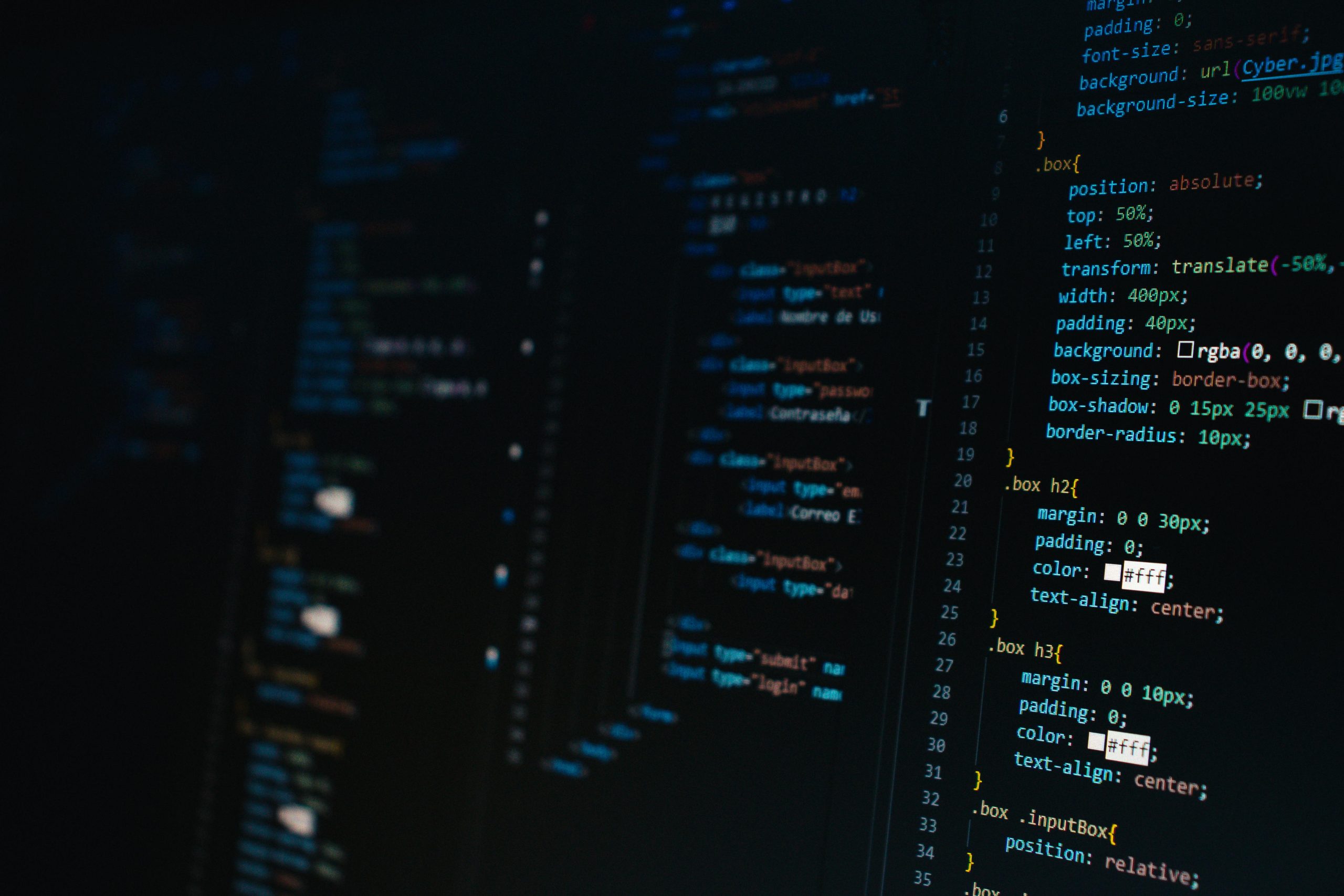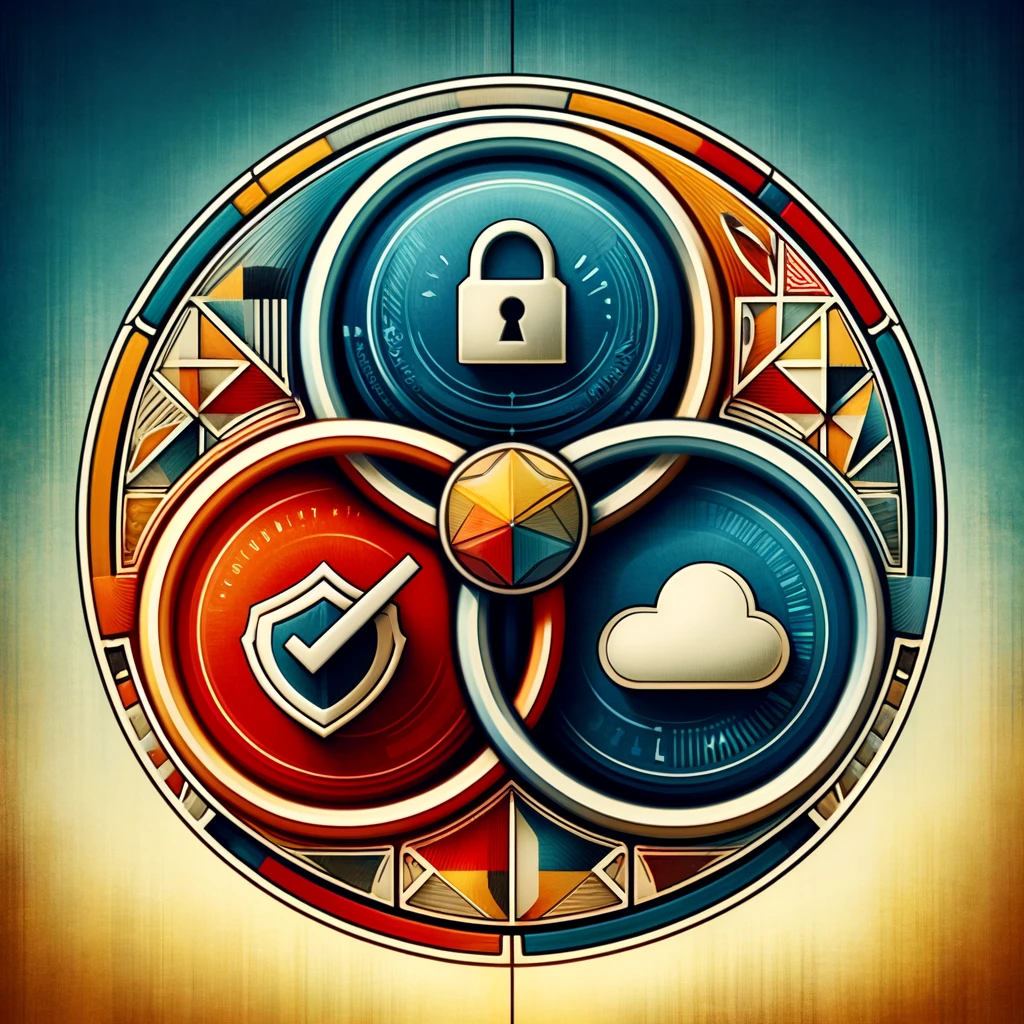Imagine waking up one morning to find that your bank account has been drained, your personal photos have been leaked, or your company’s sensitive data is being held hostage. This isn’t the plot of a Hollywood thriller—it’s the reality for millions of people and organizations around the world. One infamous example is the 2017 WannaCry ransomware attack, which crippled hospitals, businesses, and governments across 150 countries. In a matter of hours, life-saving surgeries were delayed, and businesses ground to a halt. This catastrophic event serves as a stark reminder of why cybersecurity matters and why building a strong foundation is essential for everyone.
Welcome to the world of cybersecurity!
This blog, is a place where you don’t just learn how to protect yourself, but also how to empower others in safeguarding their digital lives. Whether you’re curious about this field, eager to build a career, or just want to protect your own online presence, this guide is your gateway to understanding the fundamentals of cybersecurity in an engaging and approachable way.
Let’s start with some basic concepts:
What is Cybersecurity?
Cybersecurity is the art and science of protecting systems, networks, and data from digital attacks, unauthorized access, and damage. At its heart lies the goal of preserving the confidentiality, integrity, and availability of information, often referred to as the CIA triad:
- Confidentiality: Ensuring that sensitive information is accessible only to authorized individuals.
- Integrity: Maintaining the accuracy and trustworthiness of data by preventing unauthorized changes.
- Availability: Making sure systems and data are accessible to authorized users whenever needed.
Think of cybersecurity as locking the doors and windows of your digital home. It’s about being vigilant and proactive to ensure safety.
Why is Cybersecurity Important?
We live in a hyper-connected world where everything from banking to healthcare and entertainment relies on technology. This reliance makes us vulnerable to cyber threats that can disrupt lives and cost billions of dollars. Here’s why cybersecurity is indispensable:
- Protecting Personal Data: Safeguarding your identity, finances, and privacy from theft and misuse.
- Ensuring Business Continuity: Preventing cyberattacks that can halt operations and damage trust.
- Avoiding Reputational Damage: Recovering from a data breach can take years, but the loss of trust may be permanent.
- Meeting Legal and Industry Standards: Complying with regulations like GDPR, HIPAA, or PCI DSS is crucial to avoid penalties.
Cybersecurity isn’t just about technology—it’s about people, processes, and being prepared for the unexpected.
A Real-Life Hacking Story: The 2017 WannaCry Ransomware Attack
One Friday in May 2017, the digital world experienced an unprecedented cyberstorm that swept across the globe. The attack was orchestrated by a ransomware variant named WannaCry, which managed to infect over 200,000 computers across 150 countries in a matter of hours. This malicious software leveraged a powerful and previously undisclosed exploit called EternalBlue, which was developed by the U.S. National Security Agency (NSA) and later leaked by a hacking group known as Shadow Brokers. The attack specifically targeted unpatched and outdated Windows systems, encrypting users’ files and displaying a chilling ransom note demanding payment in Bitcoin to regain access.
Anatomy of the WannaCry Attack
The WannaCry ransomware operated in several stages:
- Exploitation of EternalBlue:
- The ransomware exploited a vulnerability in the Server Message Block (SMB) protocol of Windows systems.
- EternalBlue allowed WannaCry to spread rapidly across networks without requiring user interaction, creating a worm-like effect.
- File Encryption:
- Once executed, WannaCry encrypted files on the victim’s machine, rendering them inaccessible.
- It targeted a wide range of file types, including documents, images, and database files, ensuring maximum impact.
- Ransom Demand:
- Victims were presented with a ransom note demanding payment of $300 to $600 in Bitcoin to decrypt their files.
- The note included a countdown timer, threatening to permanently delete the files if the ransom wasn’t paid within a specified period.
- Global Spread:
- The ransomware utilized EternalBlue to propagate to other vulnerable systems on the same network and beyond, amplifying its reach.
The Impact
The WannaCry attack had far-reaching consequences, affecting individuals, businesses, and critical infrastructure worldwide:
- Healthcare Sector:
- In the UK, the National Health Service (NHS) was among the hardest hit. Hospitals were forced to cancel thousands of appointments and surgeries as their systems were rendered inoperable.
- Ambulances were diverted, and patients faced delays in receiving critical care.
- Business and Industry:
- Major corporations like Telefónica in Spain and FedEx in the U.S. reported disruptions.
- Factories halted production as their operational systems were locked down.
- Economic Losses:
- The total financial damage caused by WannaCry is estimated to be in the billions of dollars, including ransom payments, downtime costs, and recovery efforts.
Some resources for further learning
To deepen your understanding of ransomware and cybersecurity best practices, explore the following resources:
- CISA Ransomware Guidance: Comprehensive guidance on preventing and responding to ransomware.
- No More Ransom: A collaborative initiative offering free decryption tools and advice.
- Microsoft Security Response Center (MSRC): Updates and patches for Windows systems.
- Cybersecurity and Infrastructure Security Agency (CISA): Alerts, advisories, and tools for cybersecurity resilience.
Fundamental Cybersecurity Practices
Cybersecurity may seem daunting, but starting with the basics can make a world of difference. Here are foundational practices to keep yourself and others safe:
1. Use Strong Passwords and Multi-Factor Authentication (MFA)
- Create passwords that are long, complex, and unique for each account.
- Add an extra layer of security with MFA, such as a one-time code or biometric authentication.
2. Keep Software and Systems Updated
- Regularly update operating systems, applications, and hardware to fix vulnerabilities.
- Enable automatic updates for timely protection.
3. Implement Firewalls and Antivirus Software
- Firewalls act as barriers, blocking unauthorized access to your network.
- Antivirus software detects and removes malicious software from your devices.
4. Back Up Your Data
- Regularly back up critical data to secure locations, such as external drives or cloud storage.
- Test backups to ensure they’re functional and can be restored quickly.
5. Educate and Train Users
- Teach family, colleagues, or students how to spot phishing attempts, suspicious links, and other threats.
- Promote a culture of cybersecurity awareness.
6. Secure Your Wi-Fi Network
- Use strong encryption protocols like WPA3 for your wireless network.
- Change default usernames and passwords on routers and IoT devices.
7. Limit User Privileges
- Grant access only to those who need it and regularly review permissions.
Tools and Technologies to Get Started
Beginner-friendly tools can help you practice and implement cybersecurity measures:
- Virtual Private Network (VPN): Encrypts your internet connection, protecting your online activity.
- Intrusion Detection and Prevention Systems (IDPS): Monitors and responds to suspicious activities on your network.
- Secure Email Gateways: Blocks phishing emails and spam.
- Endpoint Protection: Safeguards devices like laptops and smartphones from threats.
- Cloud Security Solutions: Protects data stored in cloud environments.
A Journey Worth Taking
Cybersecurity isn’t just about preventing hacks or catching bad actors; it’s about creating a safer digital world for everyone. Whether you aspire to become a cybersecurity professional or simply want to secure your personal and professional life, mastering the basics is the first step.
Remember, cybersecurity is a journey, not a destination.
It’s a field that constantly evolves, challenging you to think critically, stay informed, and act responsibly. By building a strong foundation, you’re not just protecting yourself—you’re contributing to a global effort to keep the digital world safe.
So, are you ready to take the first step?


